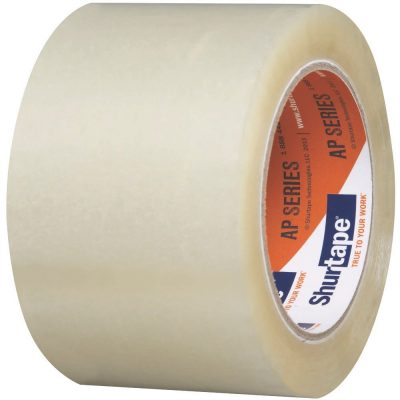If you have ever needed to ship a record, you know the challenge. These vinyl devices are not known for their impervious nature. In fact, they can be quite fragile.
For shipping, you need something that can protect them — a large task — that doesn’t also cost too much money.

Fortunately, there’s a perfect solution. It’s known as an LP mailer. How does it work? There are really three things you need to know.
The Structure
The first thing to know about record mailers is that they are made from cardboard, and this material choice hinges on a couple of reasons.
First, it can perforate and prefold. This makes it very easy for cardboard mailers to match the shape of a record.
Second, cardboard is cost-effective. It allows you to have specialized mailers that don’t cost an arm and a leg.
In general, record mailers are made to fold around LPs to fit them snugly (but not too tight). This prevents any shifting or sliding inside the mailer during transit. That’s one of the most important things, as the cardboard can absorb most external forces. It’s forces inside the mailer that might present the most risk, and the snug fit prevents this.
Filler
Filler is such a simple concept with deep implications. In practice, there are two primary aspects of filler in an LP mailer.
The first is the concept of filler pads. These come with your bulk order of mailers, and you want to place a filler pad between each record when you ship multiple of them at a time. The filler pads prevent the records from scratching against each other. They are made from soft materials that gently hold the records in place.
The second aspect fills empty space. While the boxes are the right dimensions for your LPs, one box can hold a variable number of records. In other words, you can stack records within the box if you want.
If you aren’t packing the box to the brim, then there will be some empty space in the stackable dimension, and that’s a problem. Your records can shift and move within that empty space, creating a chance for damage.
The solution is simple. Use filler to pack that empty space so the records can’t shift at all. In addition to the filler pads, you can use packaging foam rolls for that extra space.
Scratch Prevention
We’ve already covered several components of scratch protection up to this point. The cardboard structure prevents scratches from external sources. The snug fit and filler pads prevent internal scratches.
The final element of scratch protection stems from the mailer’s design. It holds the records at the edges — meaning it does not directly interact with the playing side of the record. That goes a long way toward preventing scratches.
There is an obvious exception. The first and last records in the stack do touch the cardboard directly, which is fine. You can enhance scratch protection with the filler pads there.
Ultimately, the system itself was designed to minimize any risk of scratches, and that’s why record mailers are your best bet for shipping records.
Where to Buy Record Mailers
Now that you know how they work, you need a resource. You can get all the mailers you need from Cutting Edge Packaging Products.
Source URL:- https://thepeaksolution.com/how-do-lp-mailers-work/





Comments